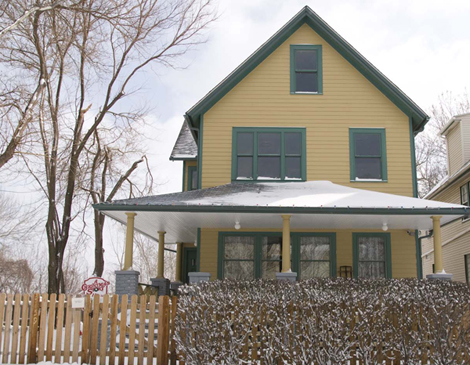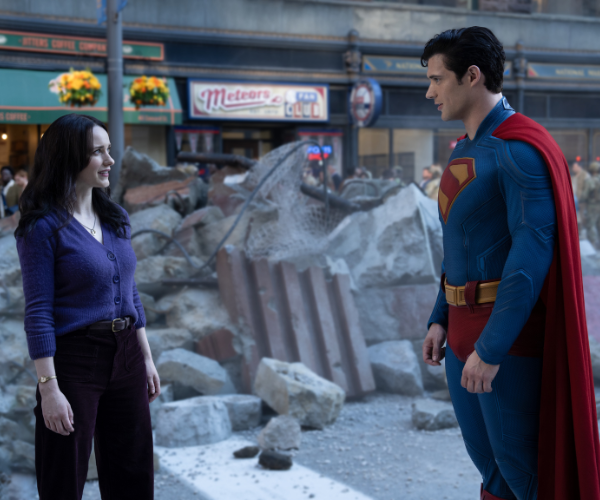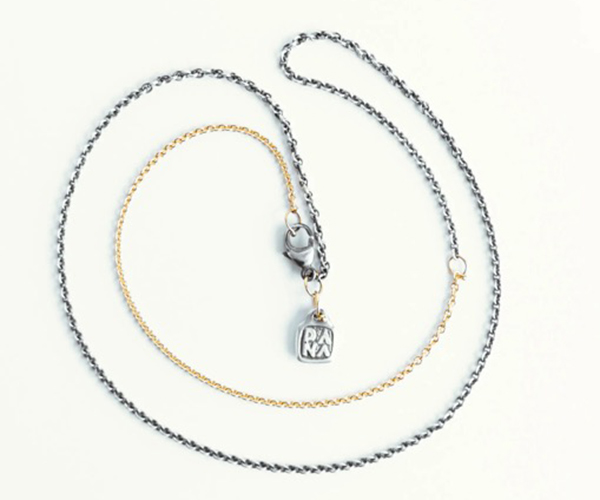In 2004, San Diego entrepreneur Brian Jones was making a living selling replicas of the famous A Christmas Story leg lamps. Then he learned that the Tremont house, where the exterior shots of A Christmas Story were filmed, was for sale. He bought it on eBay for $150,000 with the intent to open it as a museum. Jones went on to spend more than $200,000 and two years renovating the interior to look like the movie set while collecting souvenirs and replicas for the museum's gift shop. The museum's curators and tour guides give us some of the most interesting stories you'll hear.
CHALK APPEAL The Warren G. Harding Elementary School scenes were filmed at a Canadian school. When the school closed, they donated the blackboard to the museum. During the museum's grand opening in 2006, Tedde Moore, who played Miss Shields, wrote A+++ on the board in large letters. You can barely see it today.
SOAP OPERA The Lifebuoy bar of soap sitting in the upstairs bathroom is the same brand that is used to wash out Ralphie's mouth. Visitors often take this scene literally. "When we sweep through the house at the end of the day, there's often teeth marks on the soap from people putting it in their mouth," says tour guide Rob Jaeger.
SNOW WAY Ralphie wakes up on Christmas morning to a huge blanket of snow outside his window. One problem: In 1983, while the movie was filmed, Cleveland received only 38 inches all winter. "Every bit of snow you see in the movie is fake," says tour guide Michelene Hart. "They imported it from ski resorts, and used foam and cream as filler for the rest."
GUN CONTROL One of the most popular props is a replica of the Red Ryder BB gun. The curators have three or four different ones they substitute out, but the real gun from the movie belongs to Peter Billingsley. "It's one of our big goals to be able to showcase the real gun from the movie one day," says curator Steve Siedlecki.
STEEL FEEL Director Bob Clark liked the house for its large wraparound porch and its close location to the steel mills. "That was one of the reasons why Clark decided not to film in Hammond, Ind.," says Hart. "The steel mills were closed in Hammond, and Clark felt it was important to visually capture the ethnic, blue-collar feel in the film."




